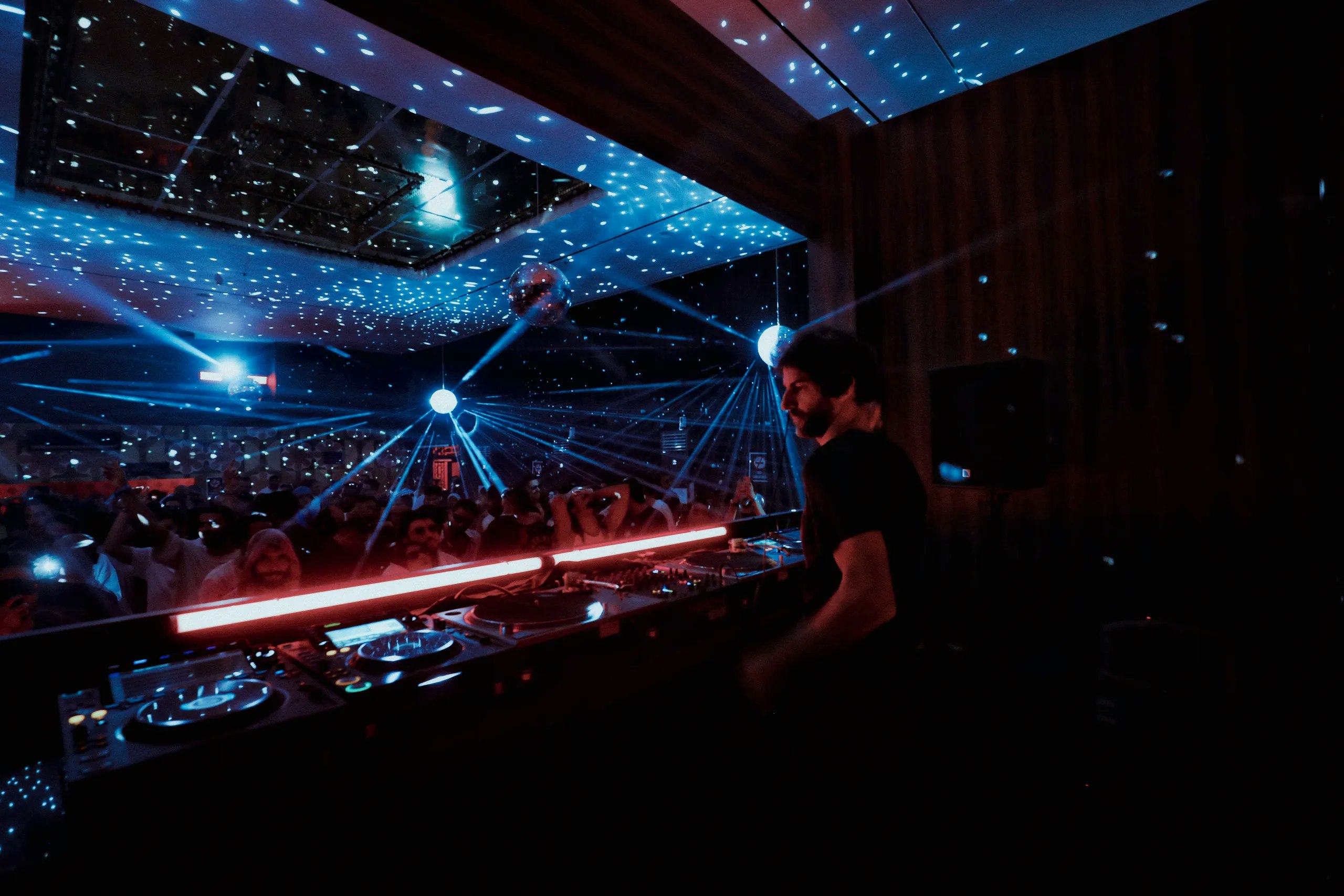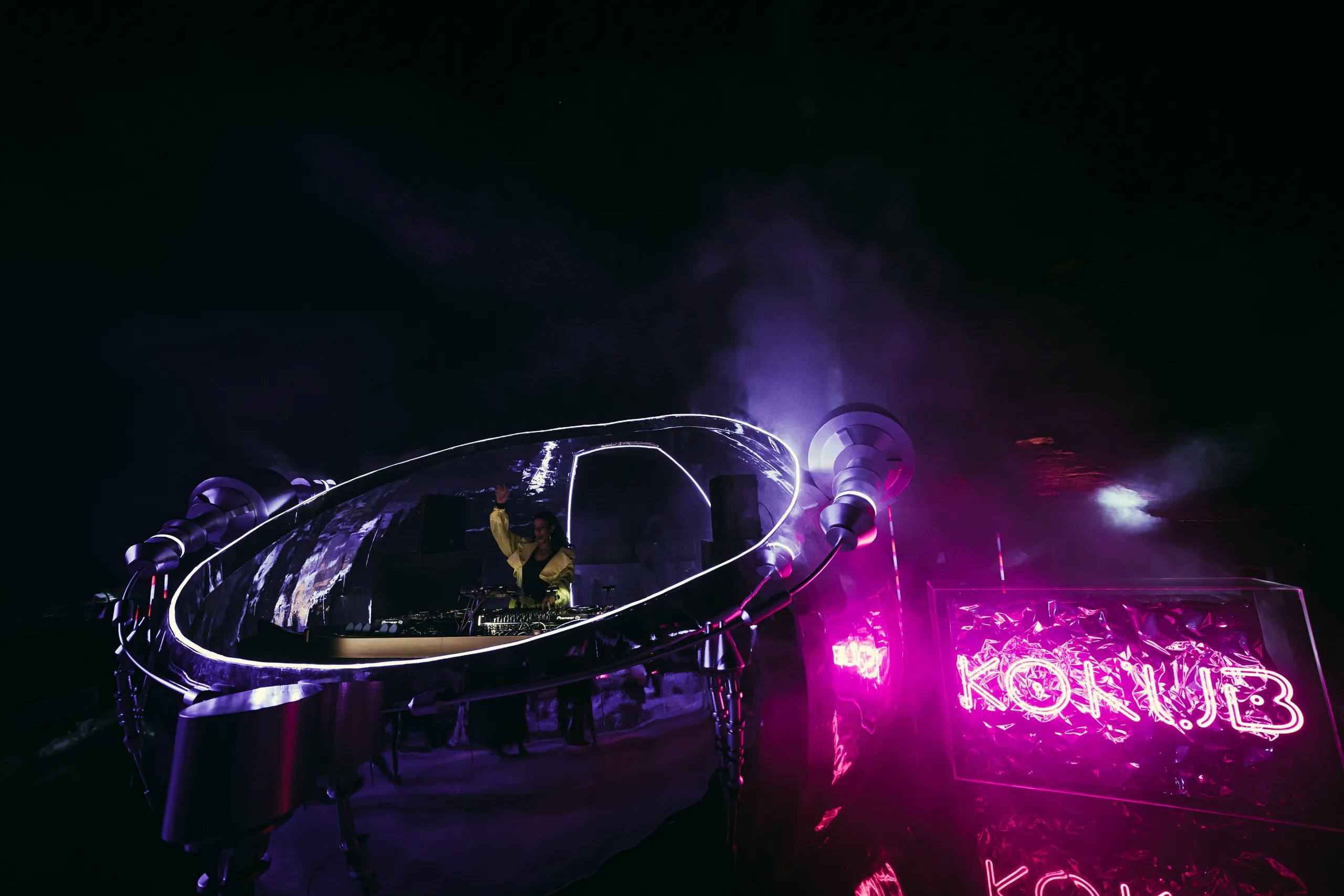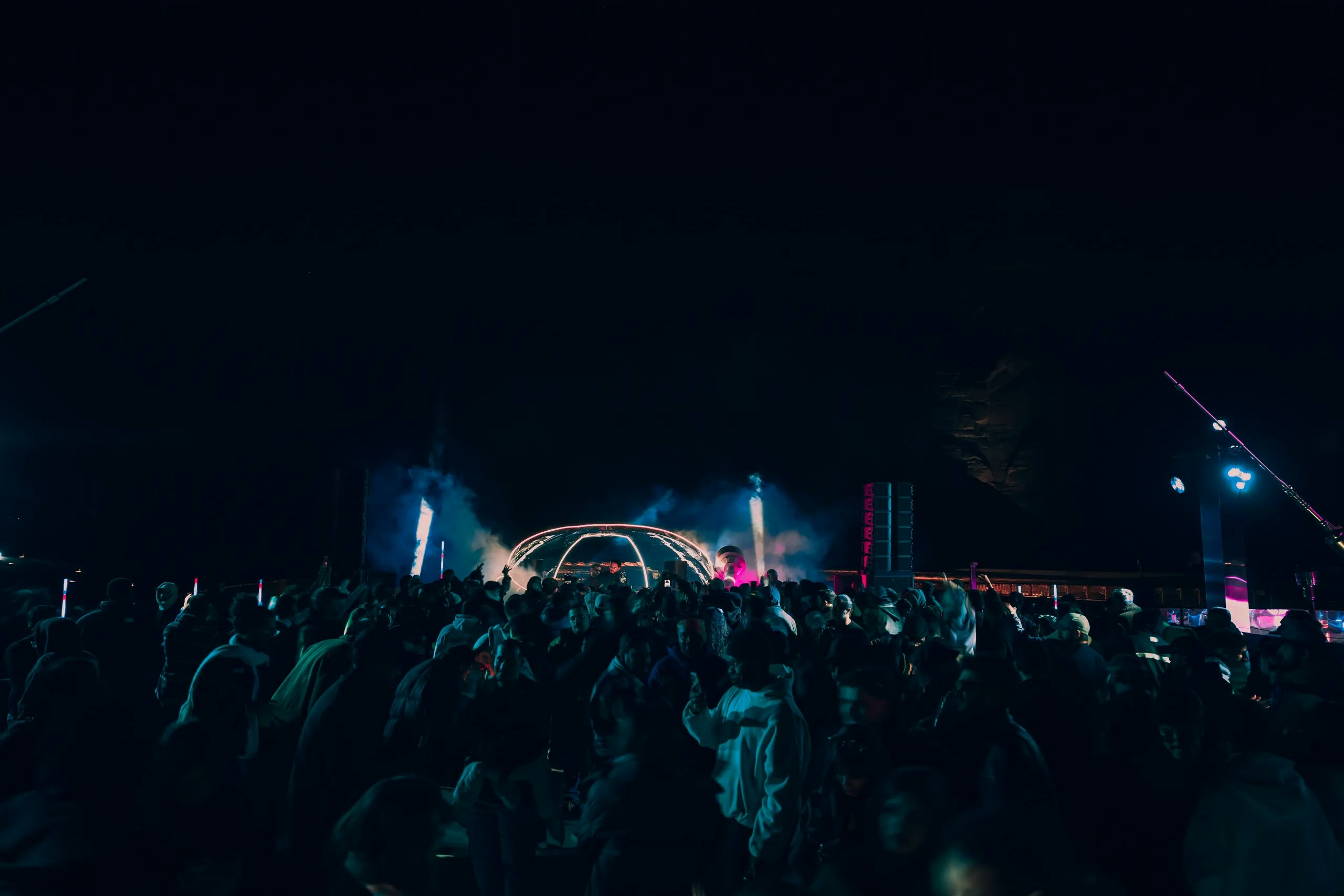

How Beats Influence Our Movements | MDLBEAST
By MDLBEAST
September 24 2025
How Beats Influence Our Movements | MDLBEAST
By MDLBEAST
September 24 2025
The Science of Rhythm: How Beats Influence Our Movements
Your body tends to react instinctively to the beat drop. Sometimes it is an ever so slight nod of the head, some other time a foot tap, and, occasionally, even an all-over body shake. This is how we are moved by rhythm. But why does this happen? What does the beat have to do with making it insufferable for our bodies?
The answer does lie in the intriguing relation between music, mind, and movement. It is rhythm not only that one hears but also is being felt. From ancient drumbeat ceremonial camping activities to contemporary social gatherings called music festivals, rhythm has been significant for human connection, communication, and even survival. Today, however, there are large amounts of amplification—beyond events such as the ones by MDLBEAST—where the movements of thousands follow the beat in what is otherwise an experience not shared in any single language or culture.
And on a much grander scale, what is it about rhythm that makes such a powerful case? Let's look into the science behind it.
How the Brain Processes Rhythm
When we listen to music and start hopping to its beat, the brain gets engaged in an instant with everything else that relates to the process into sensory structures. It includes several brain areas that cooperate.
The Auditory Cortex: It involves the recognition and prediction of rhythmic patterns.
The Motor Cortex: It synchronizes movements to music even when one isn't dancing consciously.
The Basal Ganglia and Cerebellum: They assist in making it easier for somebody to stay on beat with fine tunings of movement.
Interestingly, our brains do more than simply react to rhythm—they anticipate it. As we listen to a steady beat, our brains predict exactly when the next beat will occur, enabling us to move in perfect sync. This innate ability explains why even infants bounce along to music, without consciously counting the beats.
Why do some beats move us more than others?
Some beats move us differently from others. Some make us want to jump up and dance while others create a more relaxed sway. What dictates which reaction is caused by several factors:
1. Tempo and BPM (Beats Per Minute)
Speed is another important factor influencing how we react to a particular beat.
Fast tempos: 120 BPM and above are energetic and stimulating, so they are well-suited for dance music and workouts.
Medium tempos (90-120 BPM) are evocative of grooves that you may be familiar with in hip-hop, pop, and funk.
Slow tempos: 60-80 BPM bring about relaxing, soothing effects usually associated with R&B and lo-fi music.
For example, you may ask about the fast, electrifying beat played at high-energy festivals like Soundstorm. That's because fast tempos heighten one's heart rate and make them wish to move.
2. Groove and Syncopation
The groove is the rhythmic quality that compels us to move. It is most often created through syncopation—when one or more beats are shifted slightly off their expected timing. This subtle unpredictability generates excitement, making the music feel truly alive.
Funk and Afrobeat rely heavily on syncopation as sources of infectious, danceable rhythms. A rigid metronomic beat, however, will sound very robotic and uninspiring. What gives music its human touch is groove.
3. Familiarization and Culture
The rhythms that we are born into shape how we respond to music. Take, for instance, a Middle Eastern musical form with its complicated percussive patterns, into which one that has been exposed to listening to them would feel natural; Western pop music would sound along a predictable beat.
Such cultural imprint is the reason why certain genres feel more "fit" for some people than others. A reggaeton singer will naturally groove to the specific dembow rhythm distinct to that genre, while a jazz aficionado will probably relate to swing patterns more appropriately.
Rhythm and Motion
Rhythm plays a crucial role in dance, sports, fitness, and even everyday activities.
1. Athletic Performance
Using rhythmic motions can help an athlete boost their coordination and reaction times.
Runners: Often stride to beats when they want to maintain their endurance.
Boxers learn to develop agility with rhythmic footwork drills.
Football players do their drills rhythmically to improve the speed of their reactions.
Many elite athletes have seen some positive effects in training to music, as it gives better control of movement patterns that achieve a more effective, powerful performance.
2. Music and Exercise: Why It Helps
Have you ever wondered why those playlist songs pump you up with a fast, energetic tempo? It's not only for the science behind it that it says so. Studies have shown that moving with the music reduces perceived exertion and makes exercise easier.
So, when your body wants to jam with the beat, you'll move much more efficiently, won't tire as quickly, and feel more involved. That is why you hear high-intensity workouts built on fast beats, while yoga or stretching sessions use slow tempos and even quieter rhythms.
3. Rehabilitation or Therapeutic Rhythm
Rhythm is used in other medical treatments, particularly for movement disorders.
Walking improves significantly when auditory cues are provided rhythmically for patients suffering from Parkinson's disease.
Music therapy enables those recovering from a stroke to relearn the coordination of movements in their brains.
Physical therapy: Movement is regained in rehab programs with the help of beats.
Rhythm, therefore, is more than just entertainment. It plays a very essential role in how our bodies operate.
Rhythm ties people much stronger than anything else.
Throughout our journeys, many of us have experienced the powerful impact of rhythm. The ancient and cherished art of drumming, found in nearly every culture, has evolved beyond its traditional role in dance to influence contemporary events such as festivals.
For instance, MDLBEAST hosts thousands dancing to the same beat. Perfectly synchronized to the rhythm, people lose themselves in collective hallucination. This mystery phenomenon is called entrainment. It is something that's been studied in neuroscience. When people coordinate their movements, they also start to be in sync with each other in their brain waves; somehow, they feel a sort of intimacy and connection.
These are some reasons why dancing with people has such powerful effects. It's not only physical; it's very much mental.
Ride the Waves of Rhythm
Understanding the science of rhythm isn't just an intellectual exercise—it has practical applications in everyday life. Here are some simple ways you can start harnessing the power of rhythm:
To spark productivity: Listen to rhythmic music while working to keep you on track.
To stay fit: Dance to tunes that reflect workout intensity.
To de-stress: Slow, steady rhythms can help reduce anxiety.
To breathe creatively: try out unique grooves.
The moment you feel the urge to let some music take hold of you, allow it to happen instead of resisting it. Your brain and body are wired to receive rhythm, so let the music have its way and enjoy the process.
Share this


